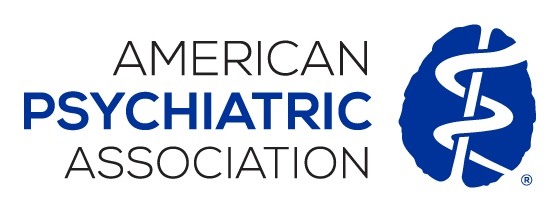
In 2017, the popular Netflix drama “13 Reasons Why” became one of the most controversial series of the year because of its depiction of the fictional suicide of a 17-year-old girl. After its release, Google searches for “how to commit suicide” and “how to kill yourself” increased dramatically, and a 2020 study reported that the suicide rate among youth spiked 29% above historical trends in the month after the release of “13 Reasons Why.”
It is not surprising: An enormous body of research from American and international researchers—some of it dating back to the 1980s—has firmly established that certain kinds of media reporting on suicide deaths, and depictions of suicide in movies and television dramas, can influence suicide contagion, especially among young people.
To address that problem, the Media and Mental Health Initiative in the Department of Psychiatry at Stanford University aims to promote public education about mental health and suicide through proactive, sustained engagement with content producers in the news media, entertainment media, and social media.
“This collaborative project will systematically embed evidence-informed guidelines across all media platforms to advance narratives that promote hope, help seeking, and awareness about mental health and suicide while mitigating harmful ones,” said Steven Adelsheim, M.D., director of the Stanford Center for Youth Mental Health and Wellbeing and a member of the APA Council on Children, Adolescents, and Their Families.
The initiative is an outgrowth of a 2018 meeting of concerned psychiatrists and representatives from media outlets at the APA Annual Meeting in New York.
The World Health Organization, in collaboration with the International Association for Suicide Prevention, has formulated guidelines to promote responsible reporting about suicide. Some of those recommendations include avoiding prominent placement of stories about suicide and undue repetition of stories about suicide and never describing the method used or providing details about the site or location.
Victor Schwartz, M.D., a clinical associate professor of psychiatry at New York University School of Medicine who has partnered with Adelsheim in developing the new initiative, urges psychiatrists to visit the website of the Media and Mental Health Initiative and become involved. “It is an opportunity for psychiatrists to help educate journalists and the public about suicide risks and suicide contagion and about mental health and mental illness generally,” he said.
For more information about the initiative and a list of the media guidelines, see the Psychiatric News article “Psychiatrists Create Initiative to Educate Media About Suicide Contagion.”
(Image: iStock/svetikd)



